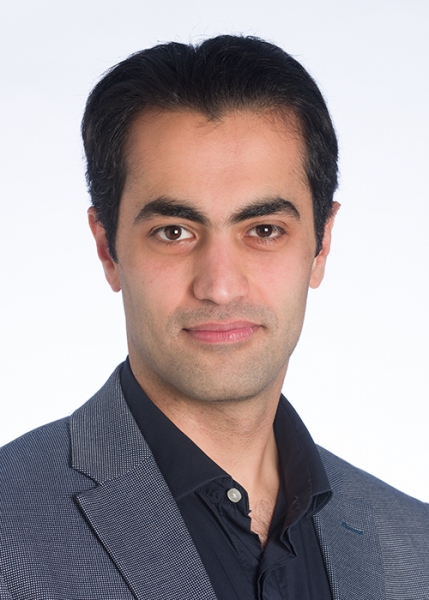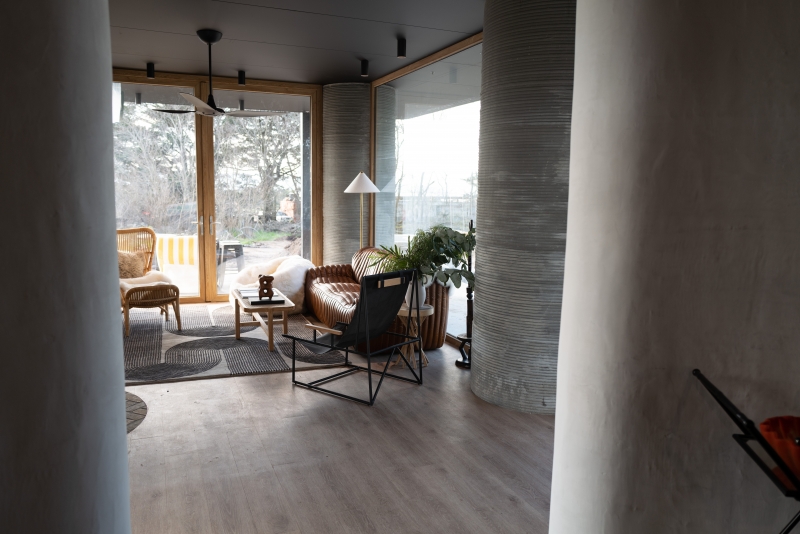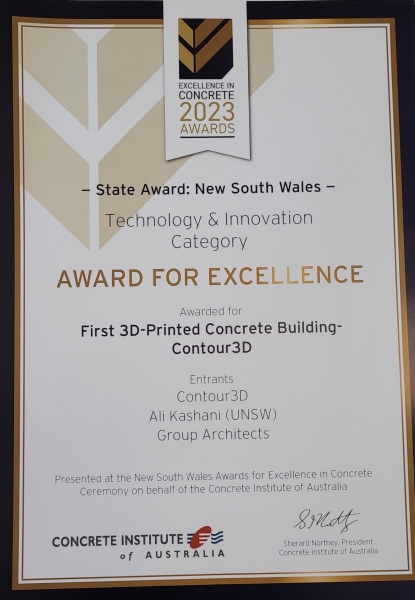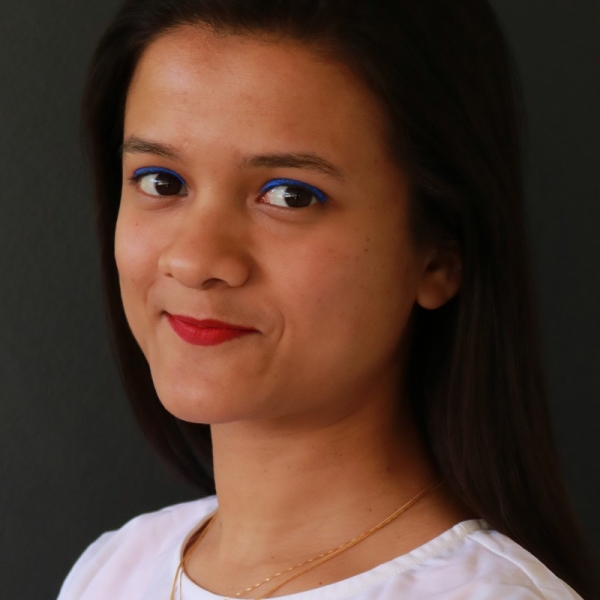Dr Ali Kashani wins National Award for Excellence in Concrete 2023 - Concrete Institute of Australia
 Updated 20 Sept 2023
Updated 20 Sept 2023
Congratulations to CIES researcher Dr Ali Kashani who, with a team from CONTOUR 3D, and Group Architects, has won the prestigious National Award of "Excellence in Concrete" in Technology and Innovation awarded by the Concrete Institute of Australia (CIA) at the Concrete 2023 biennial conference in Perth in September.
Established in 1971, the Awards for Excellence in Concrete recognise and publicise the many significant contributions to excellence in concrete design, construction and materials in Australia. The category of Technology & Innovation includes significant contributions to the understanding or use of concrete as evidenced by research, technical publications, patent applications, new products or pieces of equipment, new techniques, design innovations, or educational activity.
Dr Kashani, says he was thrilled to receive the award, particularly as 'we were competing against key players in academia and industry in concrete innovation.'
Previously the team had won the Award for Excellence in Technology & Innovation from the NSW Division of the CIA, announced in July.
Contour 3D in partnership with UNSW’s School of Civil and Environmental Engineering developed a new type of concrete which was used for the first 3D-printed building in the southern hemisphere.
The 3D-printed building was printed onsite in Macedon Ranges in Victoria using a modular gantry system and an extrusion-based printer (in which printing mortar is pumped through a hose and extruded from a nozzle). A layer-by-layer method of concrete placement in 3D concrete printing (3DCP) is very different to that of traditional concrete placement inside formwork. A printable concrete with excellent shape stability after extrusion and high early strength for buildability to support the weight of successive layers was designed and delivered.
 The developed material had a very high early strength of about 20 MPa in one day and 28-day strength of 60 MPa. In this mix design, Portland cement was replaced with about 30 wt.% of supplementary cementitious materials (SCM) to lower the embodied carbon of the printed concrete walls. 3DCP allowed the printing of double-skin thin concrete walls (50 mm thickness) with a hollow core in between.
The developed material had a very high early strength of about 20 MPa in one day and 28-day strength of 60 MPa. In this mix design, Portland cement was replaced with about 30 wt.% of supplementary cementitious materials (SCM) to lower the embodied carbon of the printed concrete walls. 3DCP allowed the printing of double-skin thin concrete walls (50 mm thickness) with a hollow core in between.
This method saved materials, costs, and construction time, in addition to a reduced carbon footprint. Glass-fibre-reinforced polymer (GFRP) rebars were used as horizontal reinforcements between the layers and fully reinforced concrete columns were integrated into the design of the building. This project demonstrated that 3DCP can lower construction costs, project duration, waste, and manpower requirements which are vital for sustainability, affordability, and freedom of design in construction.

Highly Commended for Dr Sumaiya Afroz
 CIES PhD graduate Dr Sumaiya Afroz’s thesis “Shrinkage, Cracking and Self-Healing in Low Carbon Cement Concrete” (supervised by Dr Taehwan Kim) was one of three Highly Commended theses submitted to the Concrete Institute of Australia’s National Bursary Award.
CIES PhD graduate Dr Sumaiya Afroz’s thesis “Shrinkage, Cracking and Self-Healing in Low Carbon Cement Concrete” (supervised by Dr Taehwan Kim) was one of three Highly Commended theses submitted to the Concrete Institute of Australia’s National Bursary Award.
The Institute’s judging panel completed reviewing all the theses that were submitted and found it an extremely difficult task to split them all. While they did award an overall winner, they also determined that three theses should be recognised as Highly Commended and one of these was the thesis “Shrinkage, Cracking and Self-Healing in Low Carbon Cement Concrete.” Dr Afroz’s research investigated shrinkage of low carbon cement concrete to assess its subsequent effects on cracking and corrosion affecting the overall durability. The low carbon binder compositions considered were 40% and 60% slag, 30% fly ash and 20% to 65% limestone calcined clay cement (LC3).



